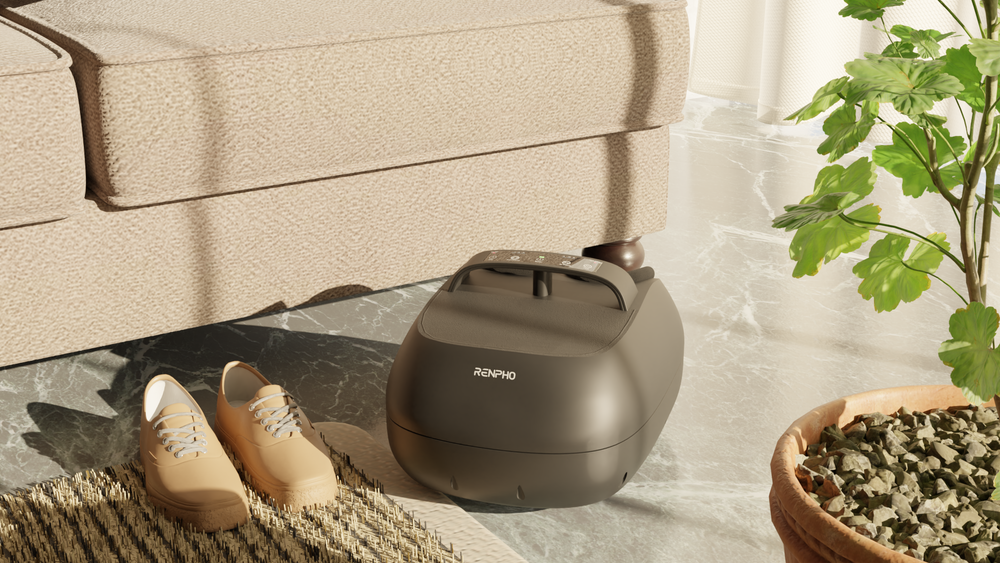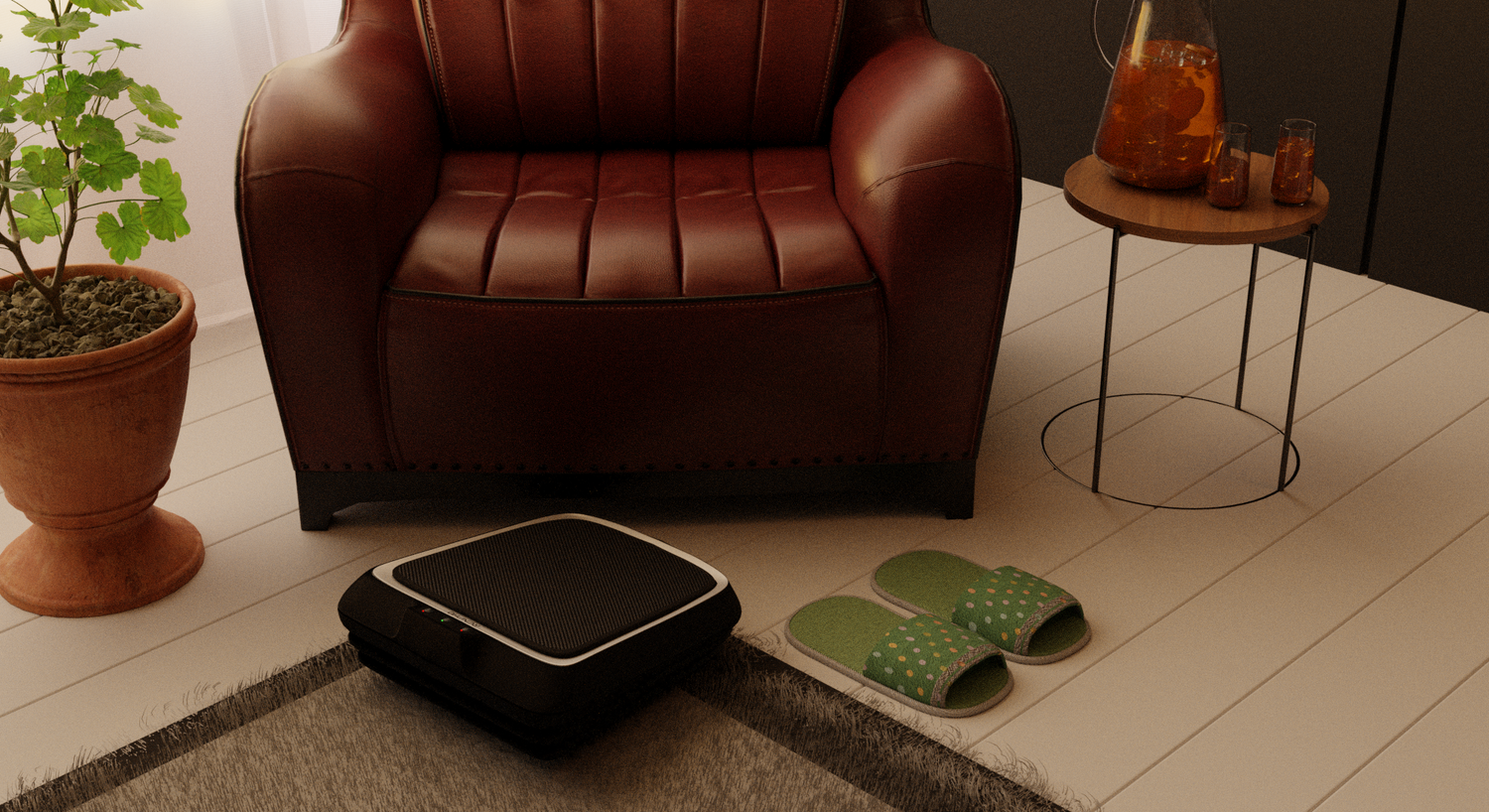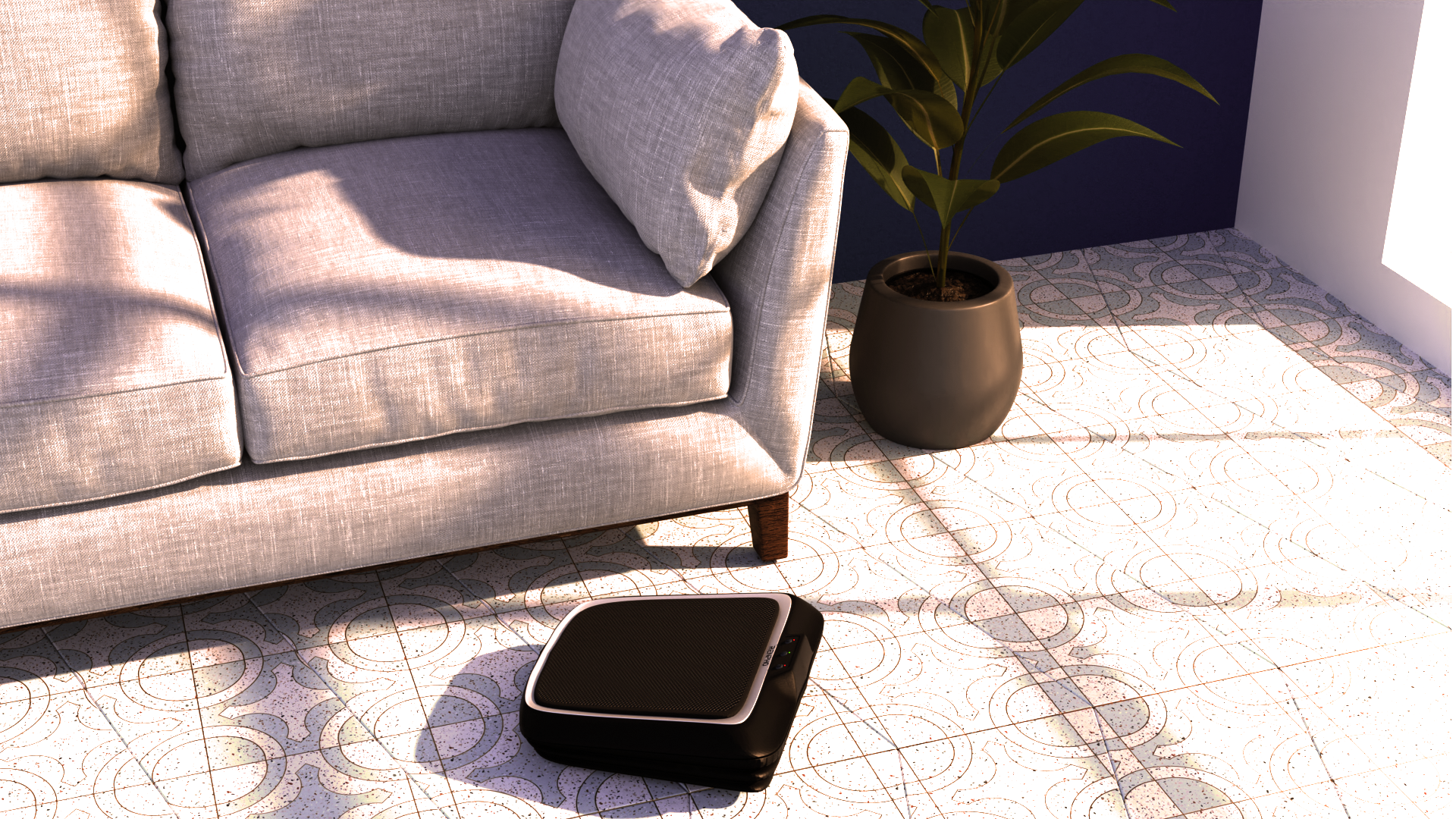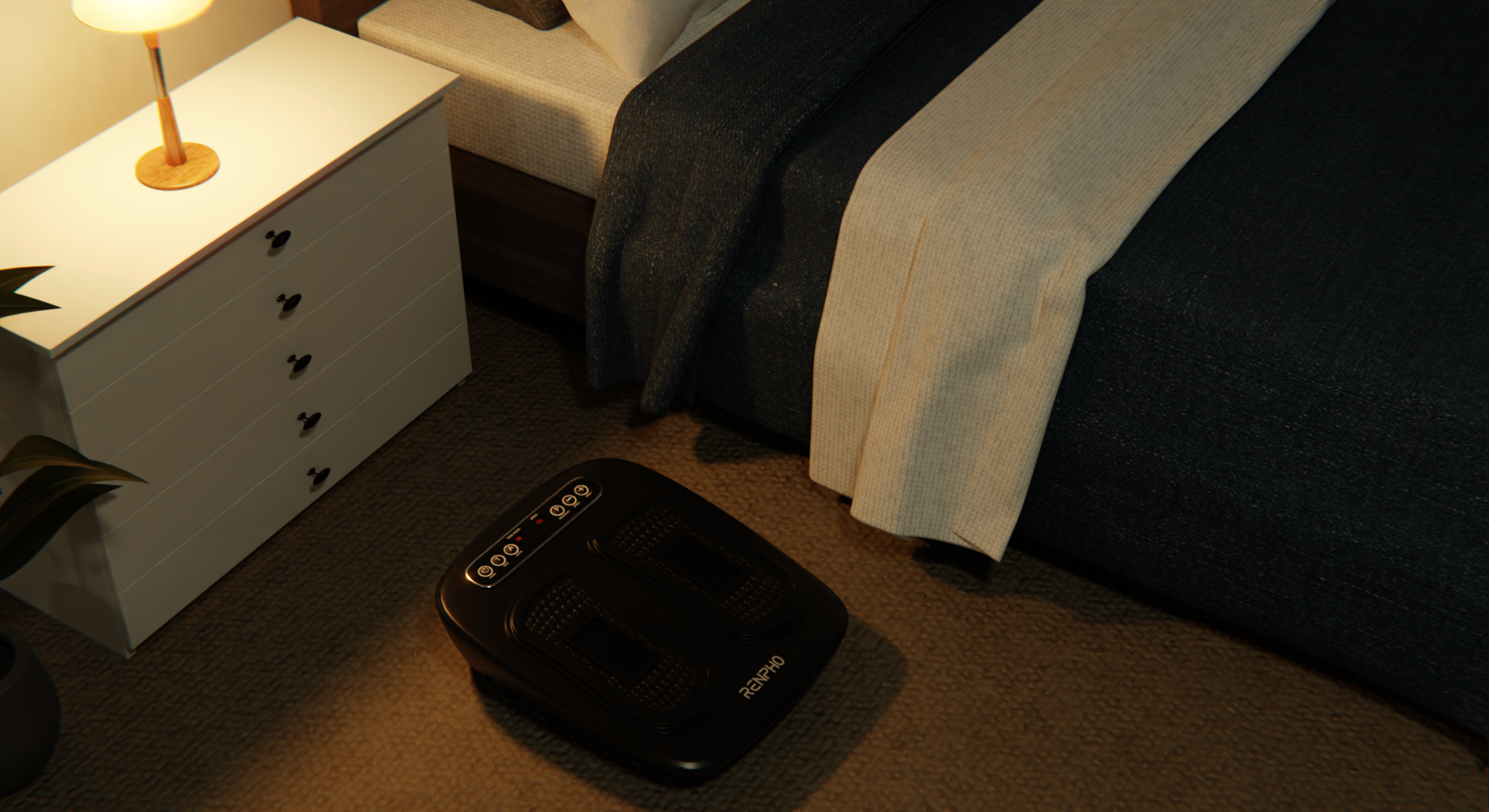Unlocking Relaxation: Exploring Foot Reflexology Techniques for Stress Relief

Stay tuned to our latest news
Unfortunately, stress has become a constant companion for many of us, impacting our physical and mental well-being. However, there are natural and effective ways to combat stress and restore balance to our lives, and foot reflexology is one such technique.
In this blog, let's explore the fascinating world of foot reflexology techniques, uncovering the secrets behind their effectiveness in stress relief. Whether you are a wellness enthusiast, someone seeking holistic remedies for stress, or simply curious about the potential of foot reflexology, this blog is for you. We will provide practical insights, expert tips, and step-by-step instructions to help you unlock relaxation and embrace the transformative power of foot reflexology techniques.
Join us on this enlightening exploration. Together, let's unlock the door to relaxation and discover the immense benefits that foot reflexology techniques can offer in our quest for stress relief and overall well-being.
What is Foot Reflexology?
Foot reflexology is a popular alternative therapy that involves applying pressure to specific points on the feet, corresponding to different organs and systems in the body. This practice is based on the belief that these points, known as reflex points, can help relieve tension, improve circulation, and promote overall well-being. Reflexologists use their hands, fingers, and thumbs to stimulate these points, believed to release blockages and promote healing throughout the body. Many people turn to foot reflexology as a natural and holistic way to address various health concerns and to promote relaxation and stress relief.
Foot Reflexology for Stress and Anxiety
When it comes to relieving stress and anxiety, foot reflexology can be an effective way as it stimulates specific reflex points on the feet. Remember that there are some specific reflex points that can help in managing stress and anxiety, including the Diaphragm Reflex, Pituitary Reflex, Spinal Reflexes, and Adrenal Reflexes.
The potential benefits of massaging these specific reflex points include promoting relaxation and reducing muscle tension, improving circulation, and balancing hormone levels. By incorporating foot reflexology into a regular self-care routine, individuals may experience a reduction in overall stress and anxiety levels.
Does Foot Reflexology for Stress and Anxiety Work?
Foot reflexology can be effective in reducing stress and anxiety by targeting specific reflex points associated with the body's stress response.
Its application directly impacts the peripheral nervous system, crucial in the body's stress response. By targeting specific reflex points, foot reflexology can help to improve the flow of energy and promote a sense of balance and harmony within the body, leading to reduced stress and anxiety levels.
Beyond its effects on the nervous system, foot reflexology promotes relaxation by triggering the release of endorphins, which are natural "feel-good" chemicals in the brain. This can further contribute to stress reduction and overall well-being.
In essence, foot reflexology can be an effective stress management strategy, offering a holistic approach to addressing stress and anxiety by targeting specific reflex points and promoting relaxation within the body.
Effective Foot Massage Techniques to Reduce Stress and Anxiety
Effective foot massage techniques for reducing stress and anxiety include effleurage, a gentle stroking movement that helps to promote relaxation by increasing blood flow and releasing tension in the foot muscles. Thumb walking involves using the thumbs to apply pressure in a walking motion, which can help alleviate stress and reduce anxiety by targeting specific pressure points in the foot.
Another beneficial technique is kneading, which involves using the hands to gently knead and manipulate the foot muscles, helping to release built-up tension and promote a sense of calm and relaxation. Additionally, toe rotation can be effective in reducing stress as it targets the toes, promoting flexibility and relieving tension in the foot muscles.
Finally, ankle flex and stretch can help reduce stress and anxiety by promoting flexibility and relieving tightness in the ankles, ultimately leading to a more relaxed and tension-free state. Overall, these foot massage techniques effectively reduce stress and anxiety by promoting relaxation, increasing blood flow, and releasing tension in the foot muscles. Incorporating these techniques into a regular foot massage routine can provide significant relief from stress and anxiety.
When Should You Avoid Foot Reflexology?
However, certain individuals should avoid foot reflexology depending on their situation. This includes those recovering from an injured foot, dealing with gout, blood clots, or during pregnancy. When recovering from an injured foot, the added pressure and manipulation of the reflex points could potentially worsen the condition. Those with gout may also experience increased pain and discomfort from foot reflexology. Additionally, individuals with blood clots could risk dislodging the clot and causing serious health complications. Pregnant women should also avoid foot reflexology, as certain pressure points may induce labor or cause discomfort.
People with chronic conditions, certain diseases, or arthritis in their feet or ankles should consult a doctor before trying foot reflexology. It is important to ensure that the treatment will not exacerbate existing health issues.
For those unable to receive foot reflexology, alternative options include using hands or ears for reflexology. Reflex points on the hands and ears can be stimulated similarly to foot reflexology, providing comparable benefits without involving the feet.
Takeaway
Foot reflexology techniques offer a natural and effective way to combat stress and restore balance in our lives. By targeting specific reflex points on the feet, this ancient practice promotes relaxation, reduces muscle tension, improves circulation, and balances hormone levels.
Incorporating foot reflexology into our self-care routine can lead to reduced stress and anxiety levels. Effective foot massage techniques like effleurage, thumb walking, kneading, toe rotation, and ankle flex and stretch can further alleviate stress and promote relaxation.
However, it's important to note that certain individuals, such as those recovering from foot injuries, dealing with gout or blood clots, or pregnant women, should avoid foot reflexology and consider alternative options including hand or ear reflexology. Unlock the transformative power of foot reflexology and embrace the benefits it offers in our quest for stress relief and overall well-being.
Renpho Health Tips
-

5 Tips for a Relaxing Foot Massage at Home
January 17, 2024
Read more >
-

Pamper Your Foot: 10 DIY Foot Spa Recipes for the Ultimate Relaxation
January 11, 2024
Read more >
-

Foot Reflexology & Acupressure Techniques for a Healthier You
January 9, 2024
Read more >
-

5 Reasons Why You Should Give Yourself a Foot Massage Every Night
November 21, 2023
Read more >
-

How to Relax Like a Pro: 5 Easy Ways to Rest Better
November 17, 2023
Read more >





